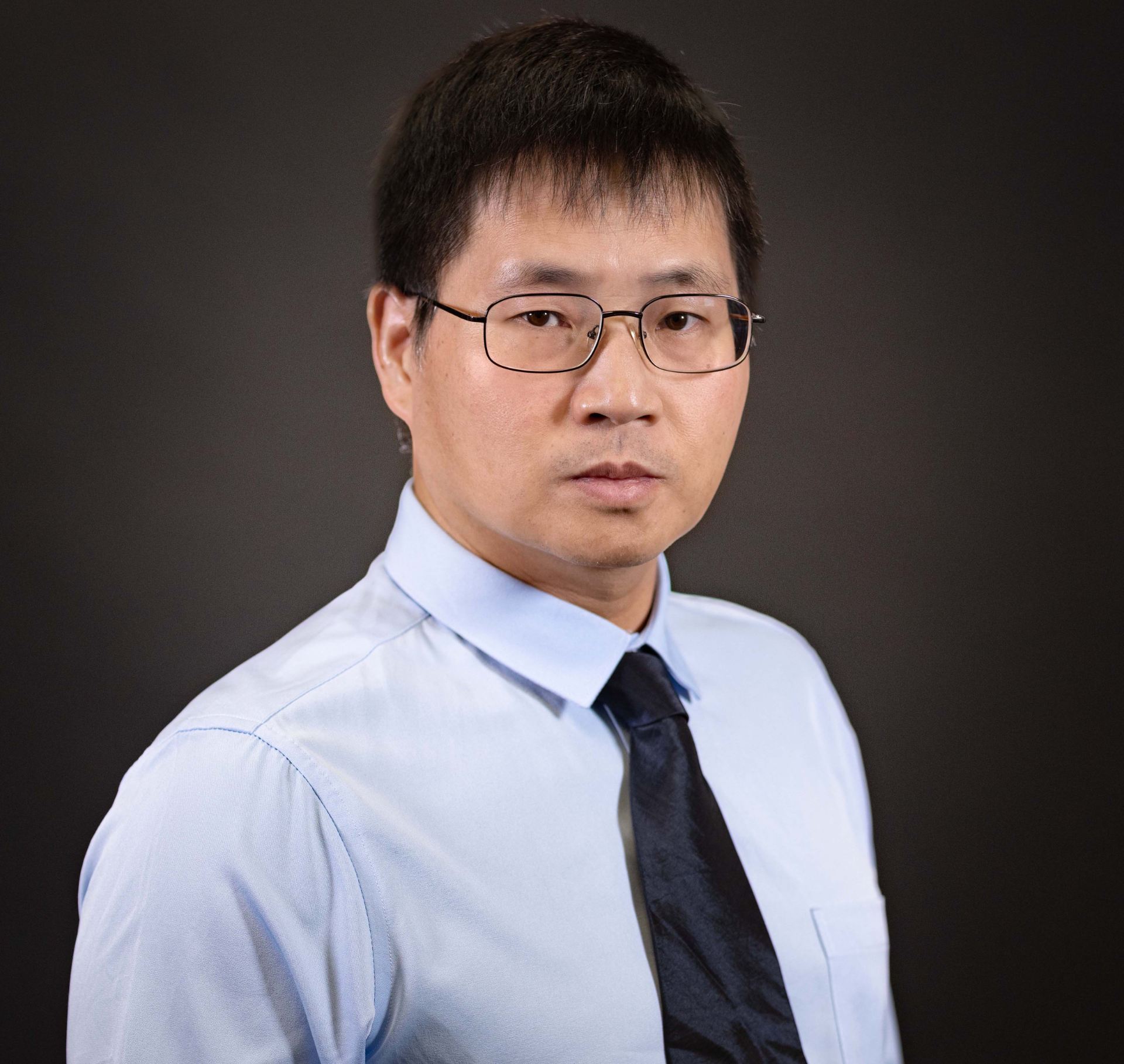Dr. Shengwang Du
- Professor of Physics
- Francis S. and Maurine G. Johnson Chair

In 2010 Maurine Johnson, wife of the late Dr. Francis “Frank” Johnson, UT Dallas’ first acting president, became a member of the Legacy Society with a planned gift intended to create the Francis S. and Maurine G. Johnson Distinguished University Chair in the School of Natural Sciences and Mathematics. Upon Johnson’s death in 2016 at the age of 97, her gift of $5.5 million became the largest planned gift in UTD’s history. In addition to establishing the original distinguished chair, the bequest allowed the University to create seven additional Francis S. and Maurine G. Johnson Chairs to support the School of Natural Sciences and Mathematics.
“Breaking the boundary between fundamental physics and applied engineering, we work as both scientists and engineers; this is the way we are working as modern researchers. We are aiming at discovering and solving new scientific and engineering problems by making use of and developing advanced technologies.”
Dr. Shengwang Du’s research focuses on the emerging field of quantum information science and engineering (QISE), as well as fundamental atomic, molecular and optical physics, and applied optical microscopy.
Although they have yet to be realized commercially, large-scale quantum computation and network devices are in principle able to store more information and solve certain problems much faster than current classical computers and networks. Part of Du’s research is aimed at transitioning reliable quantum information technologies from theory to practice.
In 2022 Du and his University of Texas at Dallas colleagues received a five-year, $5 million grant from the National Science Foundation to expand QISE — and train the workforce — needed to make neutral-atom-based quantum information processing a reality.
“The first quantum physics revolution 100 years ago led to the invention of transistors and lasers, which are the basis of all our current electronics and the internet,” said Du, who is a co-principal investigator on the NSF grant. “We are now facing a second quantum revolution, where controlling single electrons, atoms and photons will lead to next-generation information technologies based on quantum information processing.”
In his laboratory – the coldest place in North Texas – Du uses lasers and magnetic fields to trap and cool atoms to extreme temperatures near absolute zero, a temperature colder than the coldest reaches of outer space and colder than liquid helium on Earth. Because atoms at these temperatures barely move, they can be manipulated and controlled precisely.
In addition to the NSF, Du’s research has been supported by the Department of Energy and the Air Force Office of Scientific Research. An author of more than 100 journal articles, Du is also an inventor on six patents. He is a fellow of the American Physical Society and of Optica (formerly OSA) and is an elected member of The Hong Kong Young Academy of Sciences.
Prior to joining UT Dallas’ School of Natural Sciences and Mathematics in January 2021, Du was a professor of physics and of chemical and biological engineering at The Hong Kong University of Science and Technology, where he directed the Super-Resolution Imaging Center in the School of Science.
He and his colleagues invented a new type of microscope that is 1,000 times less phototoxic and 1,000 times faster than current confocal models, an innovation that allows cells to live much longer for observation. Du co-founded a startup company called Light Innovation Technology Ltd. to further develop and commercialize the technology.
He earned his PhD in physics in 2005 and a master’s degree in electrical engineering in 2002 from the University of Colorado Boulder. He also holds a master’s degree in physics from Peking University and a bachelor’s degree in electrical engineering from Nanjing University.